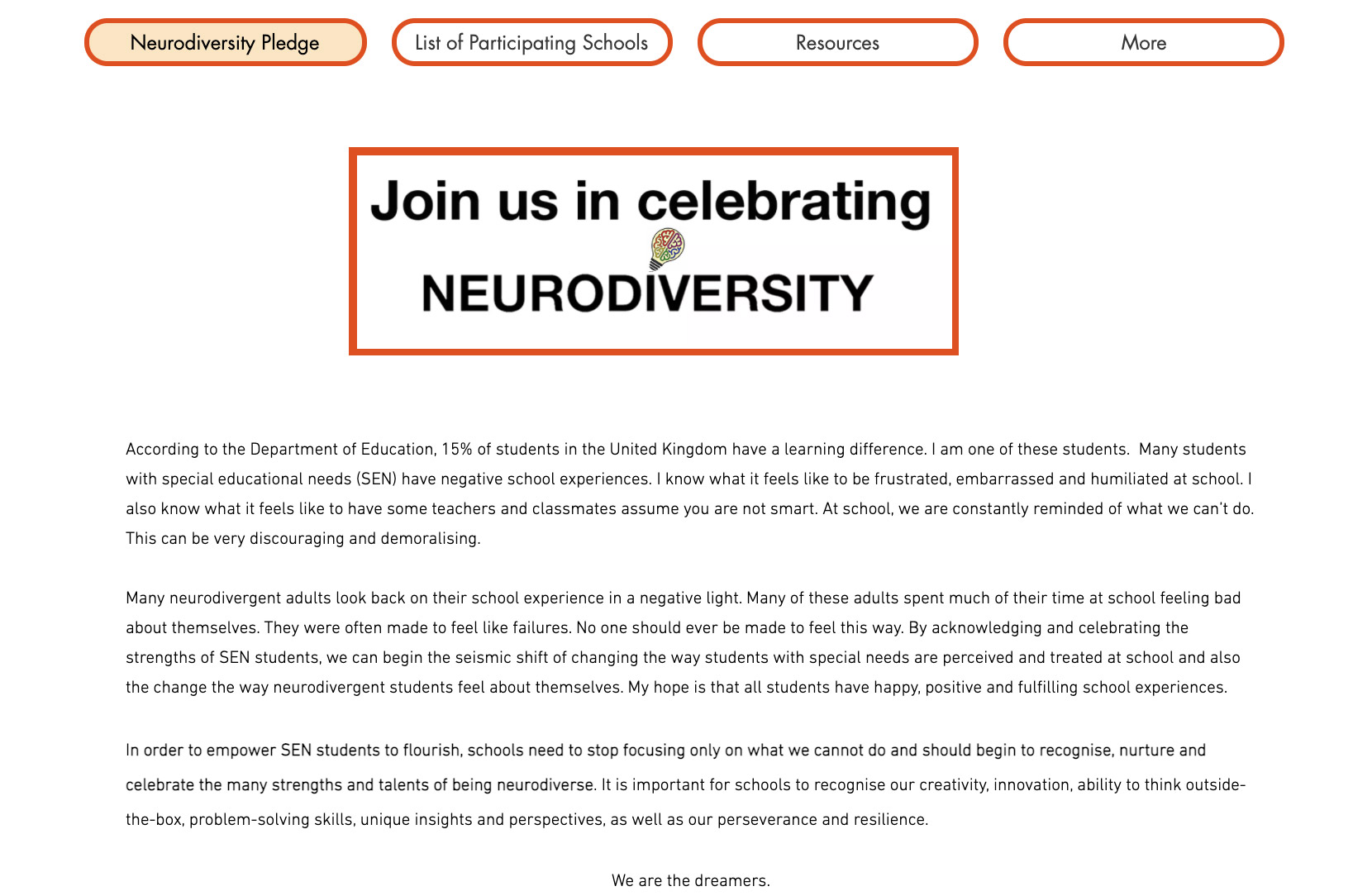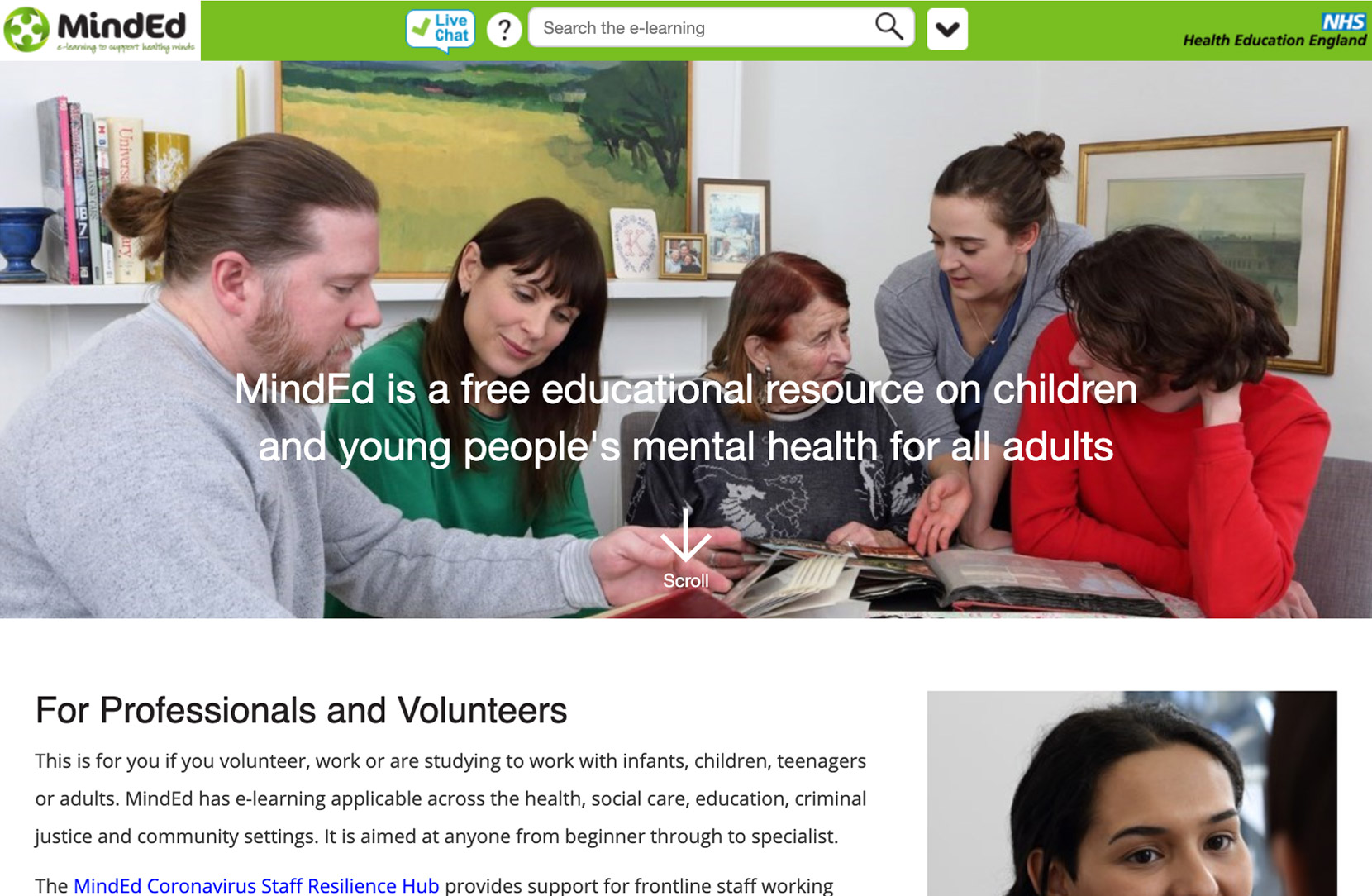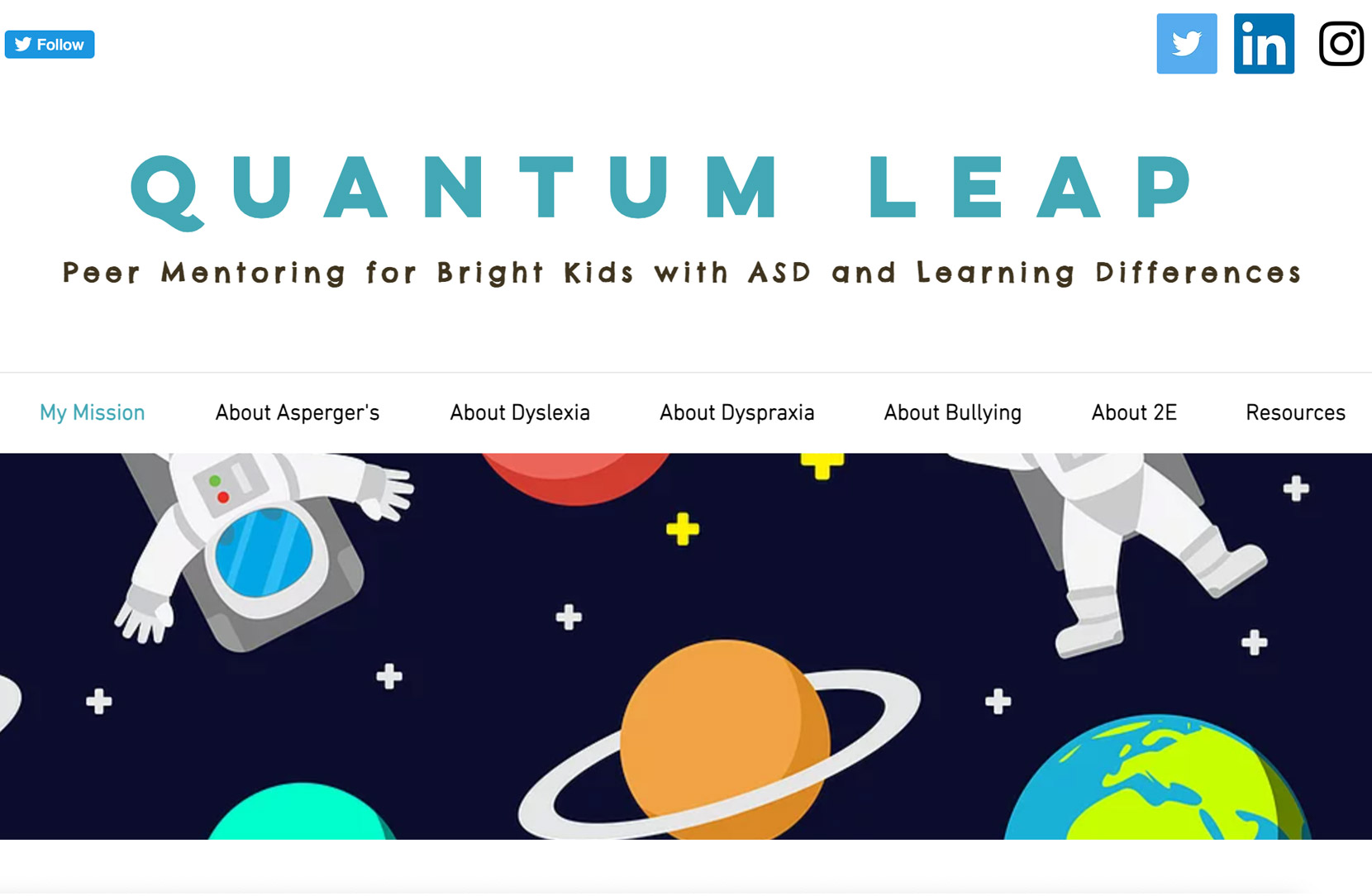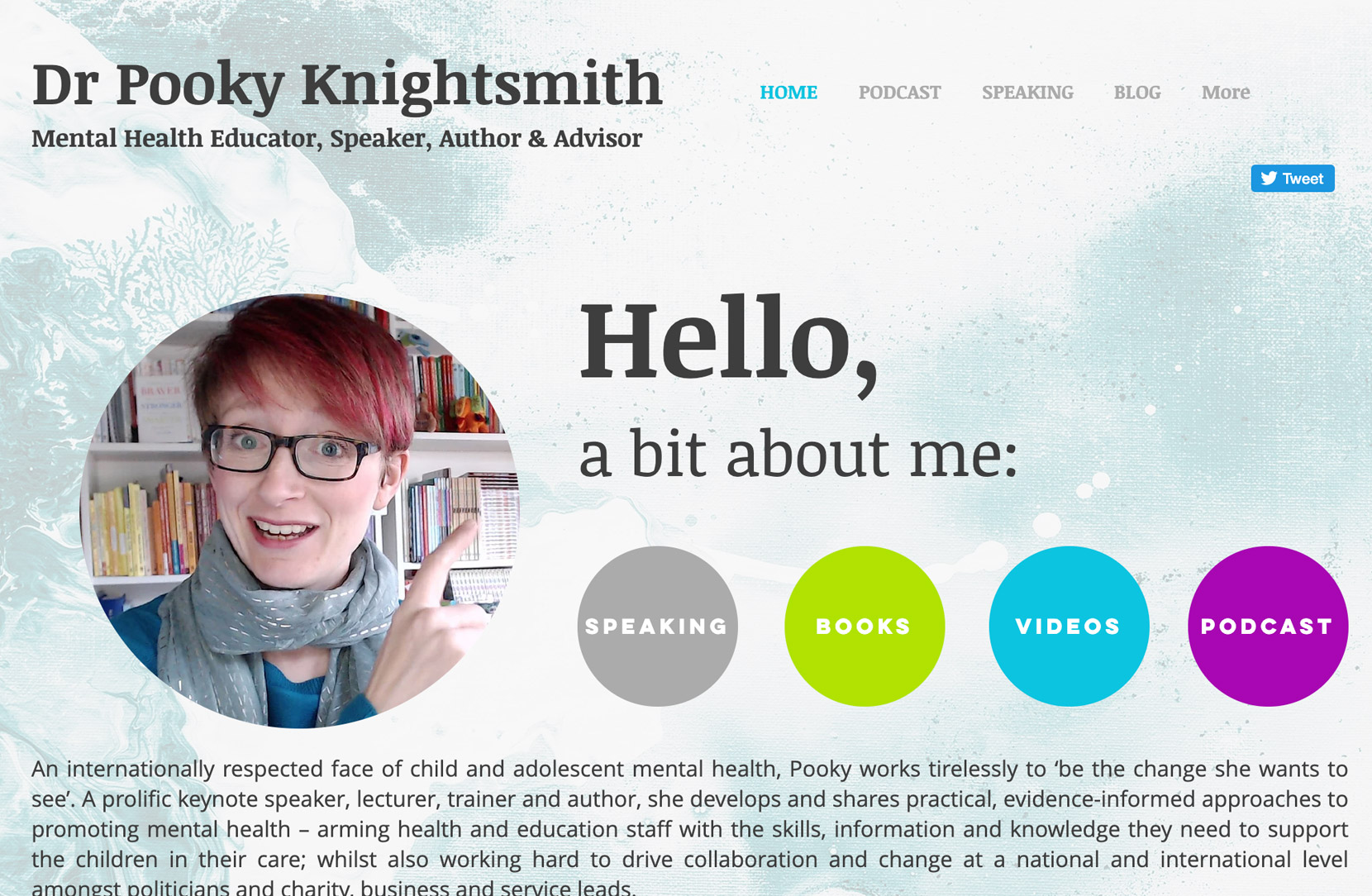
Special Educational Needs and Disabilities (SEND) Support
When we are full of emotion, it is harder to manage and concentrate as the feelings fill our body and divert the energy from being able to concentrate. Therefore, these suggestions can be useful for all children/ young people and not just those with identified SEND needs.
The following suggestions are to use once the PECs have been given (which is used to reduce the need for verbal language at the time) and for when the child / young person is having time to discuss their feelings before being provided with a vOUCHer.
These suggestions are not an exhaustive list or meant to represent all SEND needs and differentiation but to provide some ideas to support differentiation. If you have further suggestions of how the resources can be adapted to support SEND Needs, please let us know!
Cognition and Learning (C&L)

Literacy Difficulties, including Dyslexia
Literacy difficulties, including dyslexia, may impact the child / young person in a number of ways – being able to read (decode the words), being able to comprehend the words they have read, or being able to accurately spell. We would recommend that no matter what the child / young person’s ability is with reading, that the words are read out loud to them. This is to allow them to hear as well as visually see the words.
Unless they ask you otherwise, encourage them to fill in the vOUCHer details themselves to take ownership. Literacy difficulties should not get in the way of them wanting to seek their emotional needs being met.

Working Memory and Processing Speed including Dyspraxia
Working memory may impact the young person when reading and/or hearing the words and being to take on the full meaning. A slower processing speed may mean that the young person needs time to take on board what has been read/heard. When under emotional stress, this ability can reduce in all of us, which makes it even harder for those with memory or processing difficulties. By slowing the pace down and allowing time to work through the feeling’s activities, means that the emotional barrier can be supported to become more stable before the talk about vOUCHers takes place.
Speech, Language & Communication Needs (SLCN)

Difficulties putting thoughts into words
When we experience huge emotions, our ability to put thoughts into words and to understand what language we do know, can reduce. This is particularly true for children and young people with language impairment, which may result in their behaviour being their tool to express what they cannot say (‘Every behaviour is Communication’).
Consider simplifying language at this time and use sentences that are short and direct – maybe consider using phrases of up to 5 words (consider the Blank levels which can be found here). Spend more time looking and thinking about feelings at a slower pace.
Allow the vOUCHers to be chosen and talk through the reasons for the vOUCHers at another time or day in a follow-up session with them. This will allow the vocabulary around emotional intelligence to develop and to help them understand their feelings more. It will also help them understand the reasonings for vOUCHers – recognising feelings, talking about them and then seeking a resolution to help ‘fix’ what has caused these OUCHs.
Children with SLCN may still need the explanations for the vOUCHers to be simplified further. Visual pictures may have a bigger impact.
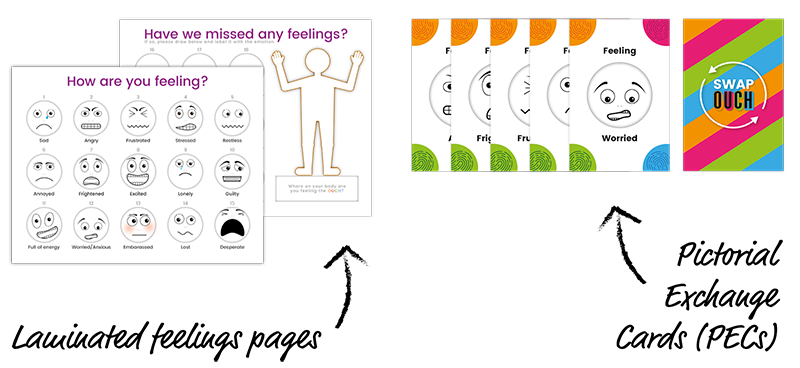
A fantastic resource that can further help explore emotions when a child or young person has SLCN is Language for Behaviour and Emotions A Practical Guide to Working With Children and Young People by Anna Branagan, Melanie Cross and Stephen Parsons. This resource provides baseline assessments and interventions to help develop their skills.
Social Emotional & Mental Health (SEMH)
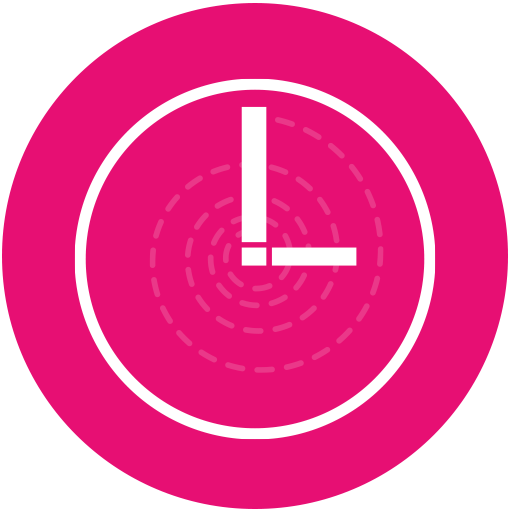
Time, Space and Pace
Consideration should, again, be given to the child / young person’s communication needs and their ability to put thoughts and emotions into words to describe or explain, and to then understand what others are saying. This is why time, space and pace are so important when exploring and clarifying feelings.
If a child / young person has experienced trauma, research has found that they may find it harder to understand both their emotion and the emotions of others, as well as taking on what is being said. Their behaviour (‘Every behaviour is Communication’) may be a protective reaction to keep them emotional safe, which means they may read situations differently. Consider having tactile resources available which may help to soothe them through a sensory session which they talk (consider soothe boxes where objects of different textiles, smells and weight can be made available), whilst talking about feelings.
Alexithymia is the clinical explanation to describe a person who cannot describe emotions experienced by one’s self or others. The core characteristic of alexithymia is marked by difficulties in emotional awareness, social attachment, and interpersonal relational ability and can be found co-occurring with those who are autistic. By using the mirror, faces and talking about where feelings may be felt in themselves or others, can help develop their emotional literacy. Again, Language for Behaviour and Emotions A Practical Guide to Working With Children and Young People by Anna Branagan, Melanie Cross and Stephen Parsons can help to provide baseline assessments and support with interventions to help develop their skills.
Further Links to Resources
Neurodiversity...
…helps empower SEN students to flourish. It shares how schools can focus on what people with SEN can do by recognising, nurturing and celebrating the many strengths and talents of being neurodiverse. This website highlights the importance for schools to recognise and appreciate the creativity, innovation & ability to think outside-the-box of their SEN students.
MindEd...
…is a free educational resource on children and young people’s mental health for all adults. It includes a number of links that can help develop knowledge and understanding on a range of mental health needs that may affect children / young people. Resources include a number of videos and presentations that can support understanding from a professional’s point of view.
QL Mentoring...
…is a free educational resource on children and young people’s mental health for all adults. It includes a number of links that can help develop knowledge and understanding on a range of mental health needs that may affect children / young people. Resources include a number of videos and presentations that can support understanding from a professional’s point of view.
Dr Pooky...
…Knightsmith is an internationally respected face of child and adolescent mental health. Her website provides links to resources and videos to help professionals support children and young people who may struggle with their mental health. Her YouTube channel also provides a wealth of bitesize videos on a range of topics. Website shared with the Dr Pooky’s permission.
ORDER YOUR
VOUCHER PACKS
Let us know your vOUCHer pack requirements and we will be in touch to answer your queries or arrange delivery.

